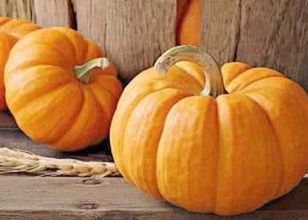Avoid excessive use. Bean cakes are high-quality protein feeds for young animals, bred animals, and pregnant or even nursing mothers. All kinds of livestock and poultry are very fond of eating. However, the dosage should not be too much. It can account for 10%-20% of the pig's diet, and more can cause diarrhea. Finishing pigs can't feed more, otherwise it will make fat become soft and affect the quality of meat. In dairy cow diets, 4 kg can be fed daily, which can promote milk production. Overfeeding cows, such as making butter from their milk, will make the butter soft. In chicken diets, it can generally account for 20%. If it is used in more amounts, it will cause diarrhea and even gout.
Avoid using it alone. The lack of vitamin D and carotene in the bean cake, iron, calcium, phosphorus content is not abundant, so the use of bean cake feeding a variety of livestock and poultry should pay attention to vitamin AD and calcium, phosphorus and other nutritional supplements.
Avoid raw feed. Raw soybean cake, especially soybean meal (by-product after solvent extraction) contains some harmful substances, such as antitrypsin, urease, hemagglutinin, saponin, goitogenic factors, among which antitrypsin has the greatest impact. However, most of these harmful substances are not heat-resistant. Therefore, they must be cooked before they can increase their nutritional value. Generally suitable for heating to 100-110 °C, the countryside can also be used steamer heat treatment (water and then steam for 30-50 minutes), but the heating temperature and time must be properly controlled. Excessive heating can denature bean cake, reduce the activity of lysine and arginine, and also cause cystine to be destroyed.
Avoid mildew. Because the bean cake contains more fat, it is prone to mold deterioration and loses its feed value. Therefore, the bean cake should be stored in a dry, ventilated, dark place to prevent rancidity or bitterness and reduce palatability. At the same time, it is necessary to prevent the reproduction of mold and to avoid the poisoning of harmful substances (such as aflatoxin) to livestock and poultry. If moldy growth has occurred, it cannot be fed to prevent poisoning.
Pumpkin (scientific name: Cucurbita moschata Duch (Duch. Ex Lam.). The ex Poiret) gourd conan melon belongs to a kind of, annual herb, sprawling stem section department to take root, often stipes stout, wide blade ovate or ovoid, slightly soft qualitative, veins bulge, tendril slightly thick, monoecious, stem stout, rib and groove, owing to the different varieties, often several longitudinal furrow or without outside, most seeds, long ovate or oblong.


Pumpkin Seeds,Shine Skin Pumpkin Seeds,Salted Pumpkin Seeds,White Pumpkin Seeds
Ningxia Bornstein Import & Export Co., Ltd , https://www.bornstein-agriculture.com